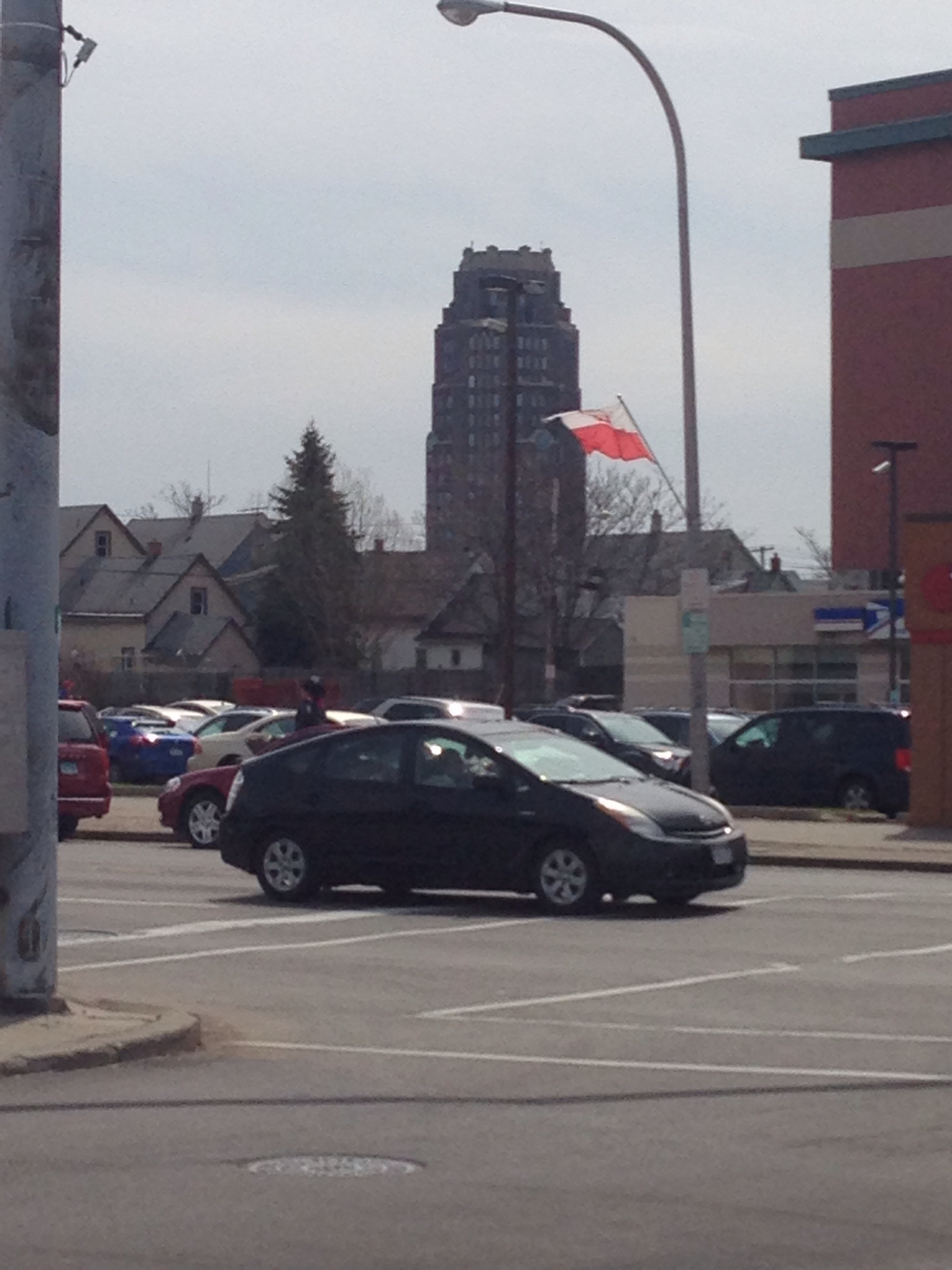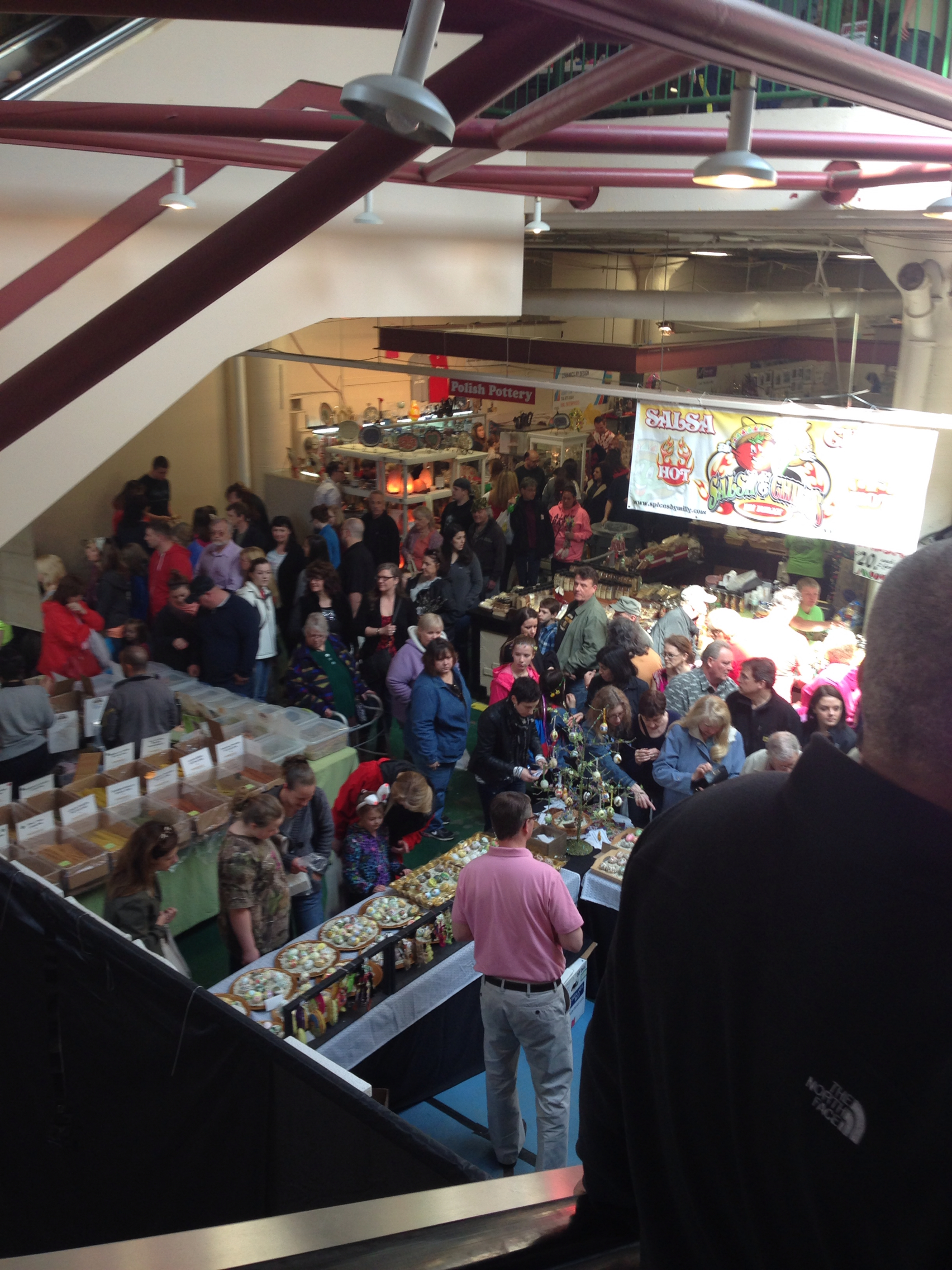You do not generally want to linger in a crowd in Buffalo. After all, we are New Yorkers, albeit Western New Yorkers. While friendlier than the downstate variety, we can be impatient. Anyone who has driven on the 290 expressway or accidentally wandered through the Amherst Street Wegmans on a Sunday can tell you tales of less than stellar dispositions when space gets tight.
None of this was true at the Broadway Market on Good Friday. The market was elbows to elbows of joviality and cheer.

The Broadway Market is a special place to Buffalonians. Currently 123 years old(!), the market was started by Eastern European immigrants, primarily Polish, to reproduce Old World customs. In Eastern Europe, it was common to have a market that sold basic goods and also served as the community’s social gathering place. Buffalo’s Broadway Market fulfilled both roles, and grew to fill the entire block of Broadway.
The Broadway Market is a traditional destination for the Polish ethnic community of Buffalo during Easter. I traveled there on Good Friday to check it out.
The scenery is striking. Buffalo is flat, so generally you only see the sky when you look into the distance. Not so in Historic Polonia! There, the sky is occupied with the towers of three different Roman Catholic churches (St. Stanislaus, Corpus Christi, and the former Transfiguration Church. In addition, you can see the magnificent tower of the Buffalo Central Terminal.

This is a contrast to being inside the market, where your range of sight is quite limited. It was PACKED.

It was as crowded as the occupants were delightful. People responded to the inevitable bumps with laughs and good-natured apologies, strangers were friendlier than usual, and everyone delighted in the act of being there. It is a traditional that marries Old World capitalism with religious celebration: the purpose of being there is to acquire the traditional items for Easter celebrations. This means butter sculpted into lambs, marvelously painted eggs, many varieties of sausage, pierogies, poppyseed rolls (which were delicious!), nut rolls, placek, chrusciki, and much more. There are produce vendors, crafters, and many wineries selling their creations. The vendors seemed to revel in the crowds, and the patrons basked in the re-enactment of a tradition. You could feel the electricity in the room. It was such a lovely experience!
The Broadway-Fillmore neighborhood is no longer a Polish enclave; it is now a primarily African-American neighborhood. The Broadway Market continues to have businesses year-round, making it a walkable destination of goods and services for the current residents of the area.
It was a lot of fun, and distinctly Buffalo. I totally recommend it.


